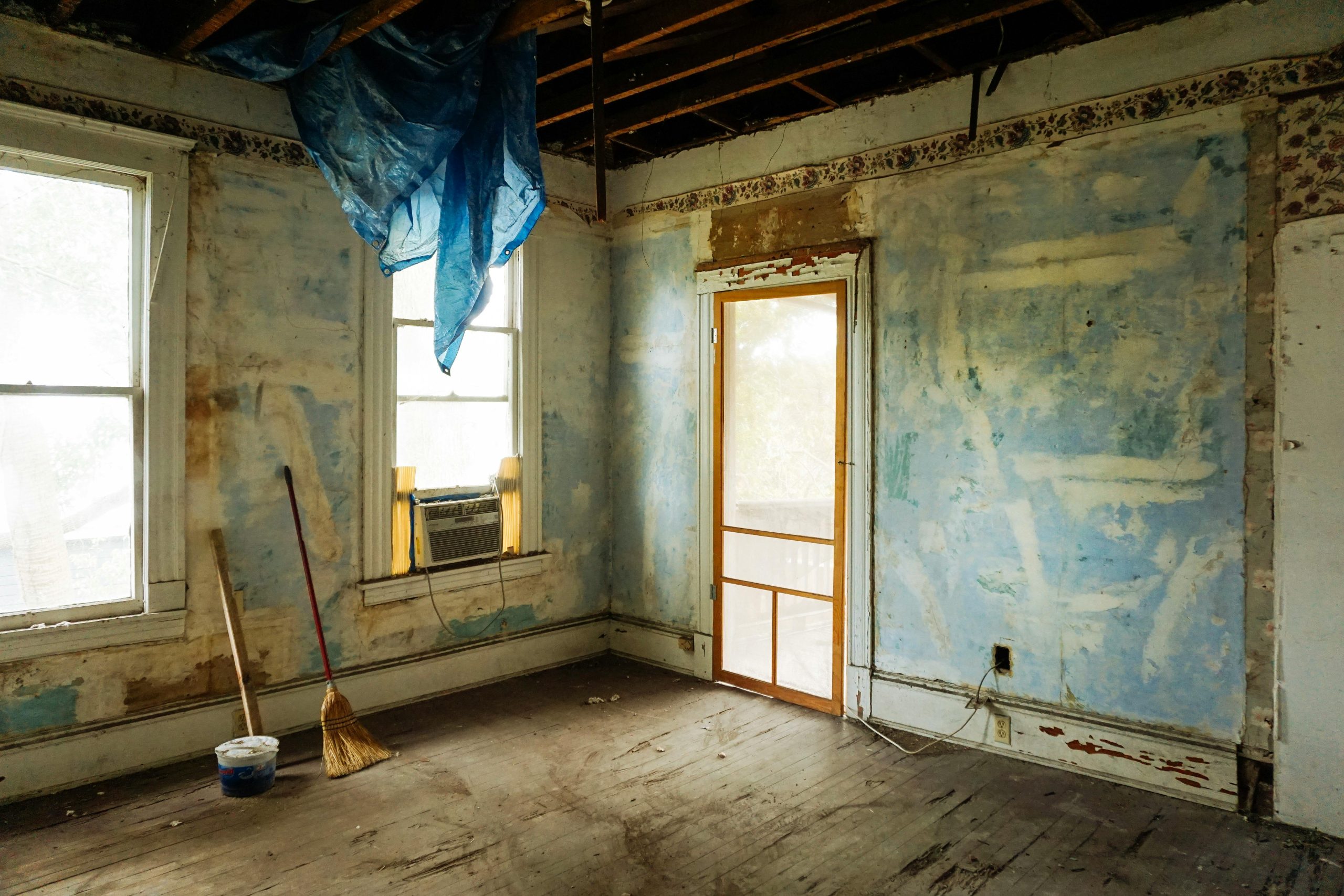Troubleshooting NVIDIA Driver Updates and Frame Rate Drops: A Guide for Gamers
Experiencing Performance Issues After NVIDIA Driver Updates
Many gamers rely on NVIDIA graphics cards to deliver smooth gaming experiences. However, recent updates can sometimes lead to unexpected performance issues. If you’ve noticed your Frame Per Second (FPS) dropping significantly after updating your drivers, you’re not alone. This article explores common causes and effective solutions to restore optimal performance to your gaming setup.
Case Study: Sudden FPS Drop Post-Driver Update
A user recently encountered a drastic reduction in FPS after updating their NVIDIA drivers while participating in a Battlefield Beta. Initially, the game ran smoothly at approximately 70 FPS, but shortly after, the FPS plummeted to 24. Even lowering graphics settings to the minimum did not improve the frame rate. The user observed RAM usage peaking at 12 GB out of a total of 24 GB, and other games also exhibited performance issues.
Troubleshooting Steps and Recommendations
- Reinstall NVIDIA Drivers Carefully
Reinstalling the graphics drivers can resolve conflicts caused by incomplete or corrupted installations. Use the Display Driver Uninstaller (DDU) tool to completely remove existing drivers before reinstalling the latest stable version from the official NVIDIA website. This process ensures a clean installation, reducing the likelihood of residual issues.
- Roll Back to a Previous Driver Version
Sometimes, recent updates may introduce bugs. Consider reverting to an earlier, stable driver version known to work well with your hardware. This can be done via the Device Manager or through NVIDIA’s GeForce Experience application.
- Check for Overheating and Hardware Conflicts
Ensure your GPU and CPU are operating within safe temperature ranges. Overheating can cause the GPU to throttle performance, leading to FPS drops. Use dedicated monitoring tools like MSI Afterburner or HWMonitor.
- Adjust In-Game and System Settings
Lower graphics settings or disable features like Ray Tracing and DLSS to reduce GPU load. Additionally, ensure your Windows power plan is set to ‘High Performance’ to maximize hardware utilization.
- Monitor System Resources
Keep an eye on RAM and CPU usage during gaming sessions. If RAM is fully utilized, closing background programs or upgrading your RAM may help. Check for other processes consuming resources excessively.
- Update or Reinstall Other Drivers and Windows OS
Ensure your Windows installation and all drivers are up to date. Sometimes, OS updates can resolve compatibility issues introduced by driver updates
Share this content:



